Brake Pads: Choosing, Maintaining, and Replacing
Did you hear a squeal the last time you stopped? That's often the pads telling you they need attention. Getting the right brake pads and knowing when they’re worn can save you money and keep you safe. Below are the basics you need right now, no tech jargon.
When to Replace Your Brake Pads
First sign is a high‑pitched squeak that gets louder as you press the pedal. If you feel a thudding or vibration when braking, the pads are probably thinning. A visual check helps too – look through the wheel spokes; you should see at least a quarter‑inch of material left.
Front pads wear faster than rear ones on most cars because they do most of the stopping work. If you notice the front brakes fading sooner, it’s time to replace them before the rear pads start complaining.
Don’t wait for a grinding noise. That means the metal backing is touching the rotor, which can damage both parts and cost more to fix.
Tips for Fitting and Extending Pad Life
If you’re comfortable with a few tools, swapping pads yourself can be cheap. You’ll need a jack, lug wrench, and a simple brake tool set. Remove the wheel, unbolt the caliper, slide out the old pads, and press the pistons back in. Then fit the new pads, re‑attach the caliper, and tighten the wheel.
Before you put the car back on the road, pump the brake pedal a few times. That pushes the pads against the rotors and removes any air pockets.
To make pads last longer, drive smoothly. Hard stops heat the pads quickly and wear them down. Also, avoid riding the brakes on long downhill stretches – use engine braking instead.
Regularly check rotor condition. If the rotors are scored or warped, new pads will wear out fast. In many cases, resurfacing a rotor saves you from buying a brand‑new one, but if the surface is too thin, replacement is the safer route.
Buying pads yourself can shave a few pounds off the bill, but make sure they match your car’s make and model. Look for OEM (original equipment manufacturer) numbers or reputable brands that list fitment tables.
Finally, schedule a brake inspection at least once a year. A quick check by a professional can catch early wear and keep you from unexpected stops on the road.
Keeping brake pads in good shape isn’t rocket science. Listen for noises, feel for vibrations, and give them a visual once a season. Swap them when needed, drive a bit softer, and you’ll stay safe without breaking the bank.
 11 December 2025
11 December 2025
How Often Should Car Brake Pads Be Replaced?
Brake pads don't have a fixed replacement schedule. Most last 30,000-70,000 miles, but driving style and vehicle type matter more. Listen for squeaks, check thickness, and don't wait for grinding.
 7 December 2025
7 December 2025
How Many Miles Do Brake Pads Last? Real-World Expectations and Signs You Need New Ones
Brake pads typically last 25,000 to 70,000 miles, but driving habits, vehicle type, and climate affect lifespan. Learn the signs of wear and how to extend pad life for safety and savings.
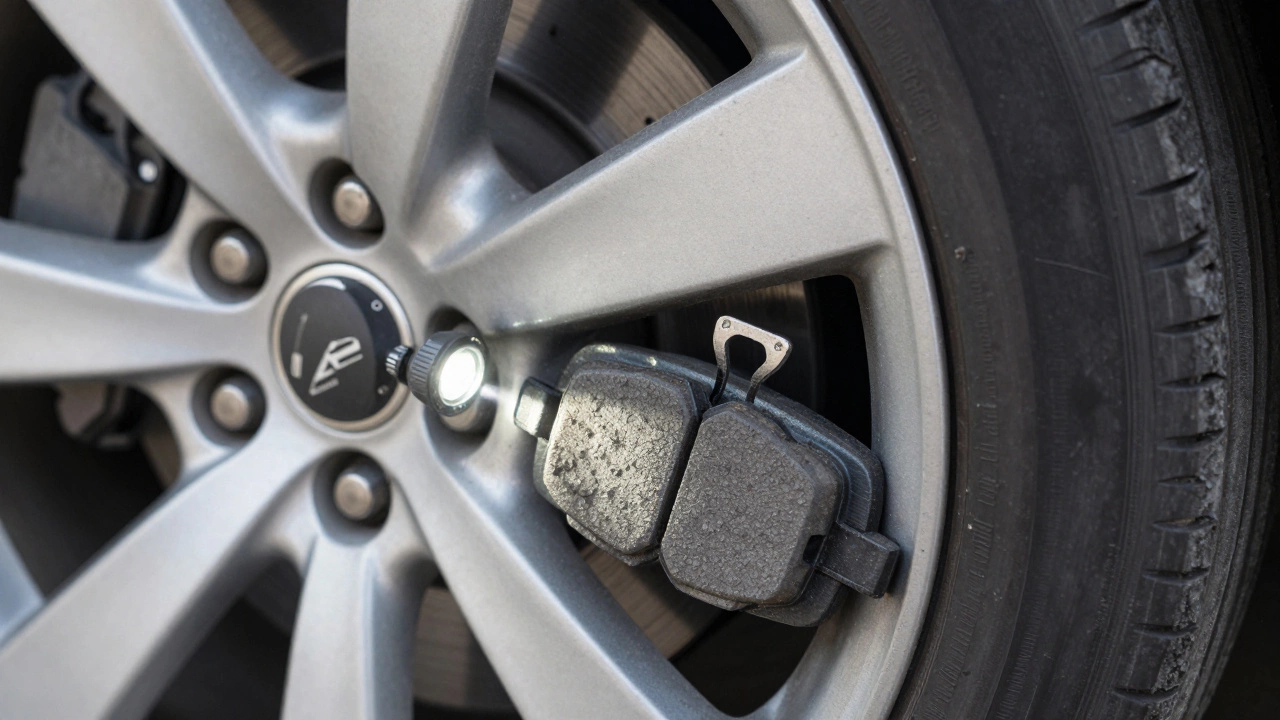 1 December 2025
1 December 2025
How to Tell if Brake Pads Are Worn: 5 Clear Signs You Need New Ones
Learn the 5 clear signs your brake pads are worn, including squealing noises, grinding sounds, pedal feel, visible wear, and pulling when braking. Know when to replace them before it’s too late.
 24 November 2025
24 November 2025
Can You Replace Just One Set of Brake Pads? Here's What Mechanics Really Say
Replacing just one set of brake pads might seem like a money-saver, but it’s unsafe and can lead to bigger repairs. Mechanics always replace pads in pairs for balanced braking and safety.
 20 October 2025
20 October 2025
How to Check If Brake Pads Are Worn - Simple DIY Guide
Learn how to spot worn brake pads, measure their thickness, and know when to replace them-simple DIY steps plus a handy checklist.
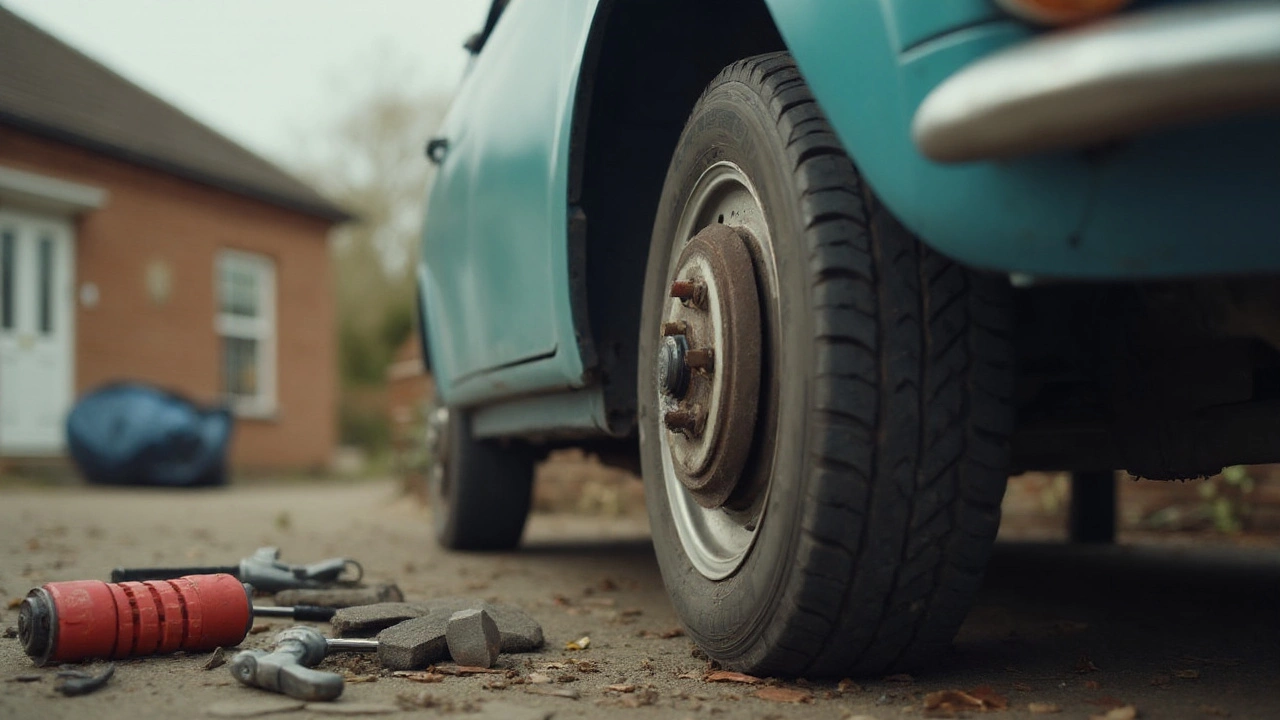 7 August 2025
7 August 2025
Is It Safe to Change Only Rear Brake Pads? Expert Tips for Car Owners
Wondering if you can just change the rear brake pads? Get practical info, real tips, and put safety first. Find out why, when, and how to make the right call.
 18 June 2025
18 June 2025
Is it Cheaper to Resurface or Replace Rotors? Real Costs for Your Brakes
Wondering if you should resurface or replace your brake rotors? This article breaks down the actual costs, benefits, and drawbacks of each choice. You'll get real-world advice, plus tips to save money without risking safety. Learn how to tell if resurfacing is even an option for your car. Equip yourself with smart info before your next repair bill surprises you.
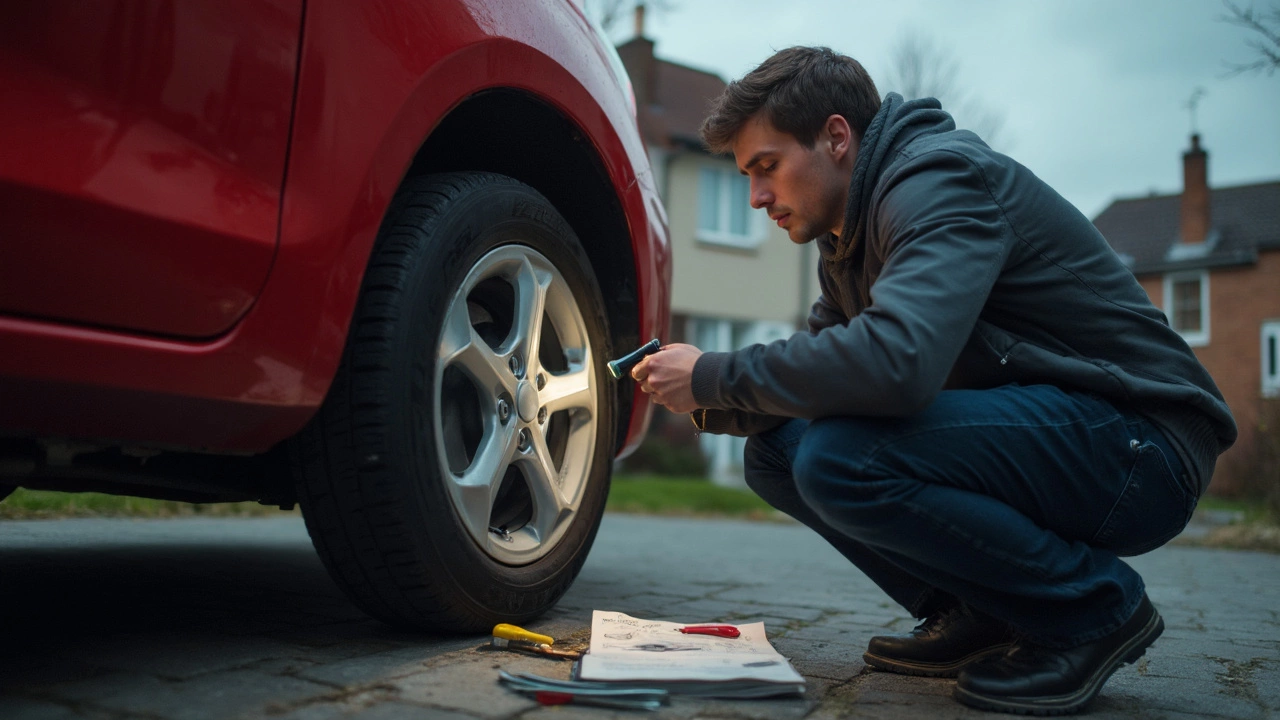 8 June 2025
8 June 2025
Brake Pads: How to Tell If They're Bad
Knowing when brake pads are bad can save you from scary moments on the road and expensive repairs. This article breaks down the warning signs that your brake pads need attention. You'll find out what noises, vibrations, and changes in brake feel really mean. We'll talk about why ignoring worn pads is risky and how to check them yourself. The tips here can help keep your ride safe and smooth.
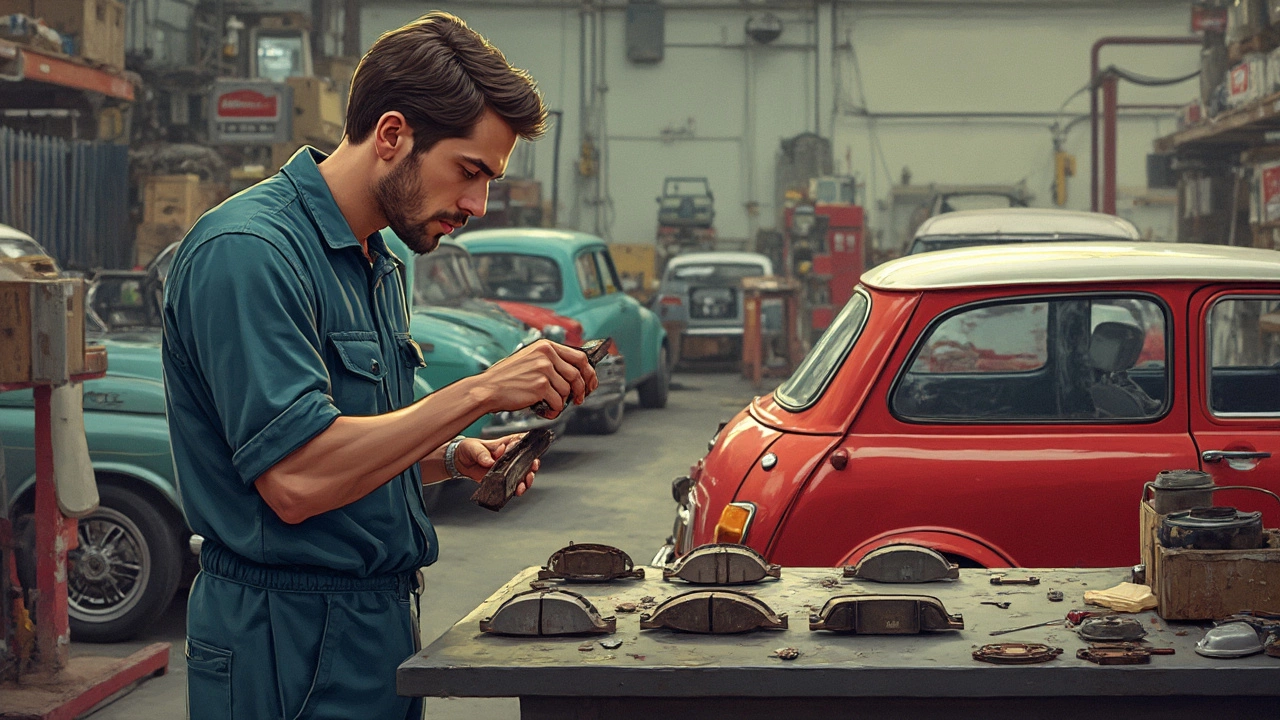 7 June 2025
7 June 2025
How Long Will 5 Brake Pads Last? Real-World Lifespan Explained
Ever wondered how long five brake pads can actually last before you need a change? This article explores what really affects brake pad life, from how and where you drive, to what your car needs and how you treat it. Get practical tips on spotting signs of wear, making pads last longer, and avoiding those sudden roadside emergencies. Real stories and real numbers—no empty promises, just answers you can use. Finally, find out if that fifth pad makes a difference or if it's just a marketing twist.
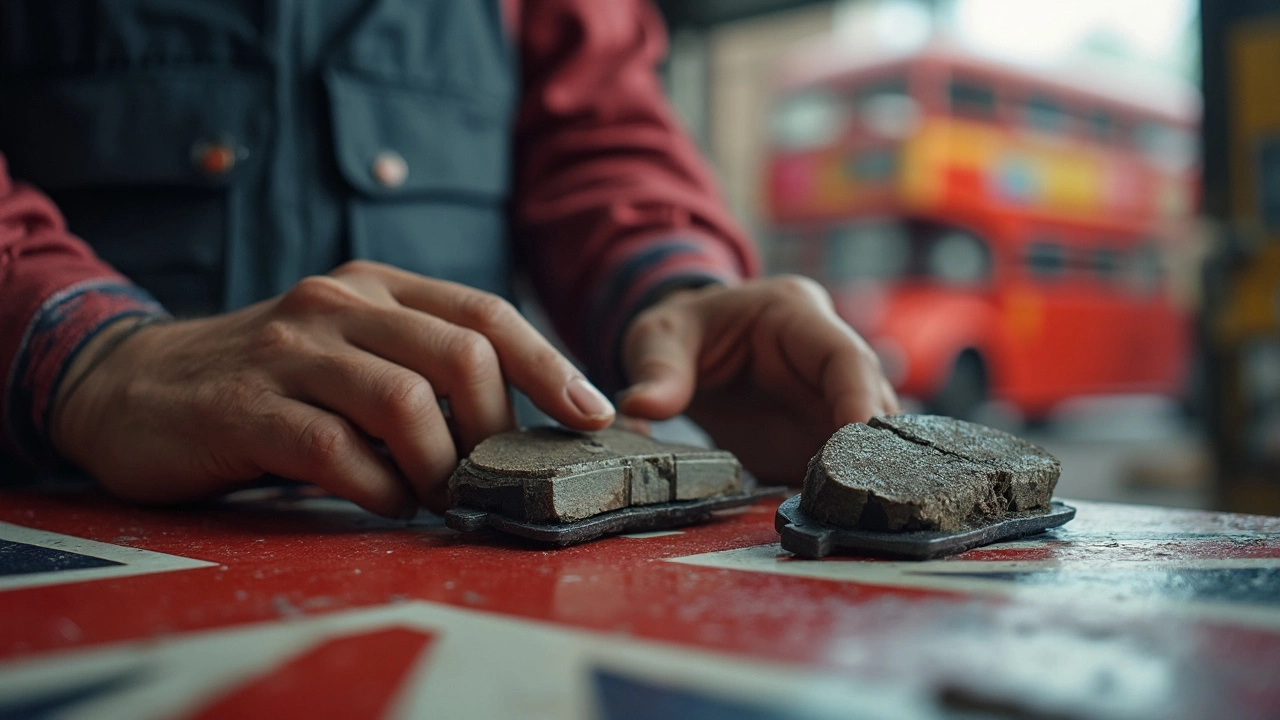 1 June 2025
1 June 2025
Front or Rear Brakes: Which Brake Pads Wear Out First?
Curious about which brake pads wear out first—front or rear? This article explains why your front brakes usually bite the dust before the rear and what really causes uneven brake wear. You'll get tips for spotting worn-out brake pads before they mess up your rotors or even your day. It's all about helping you save cash and drive safer by knowing what to check and when.
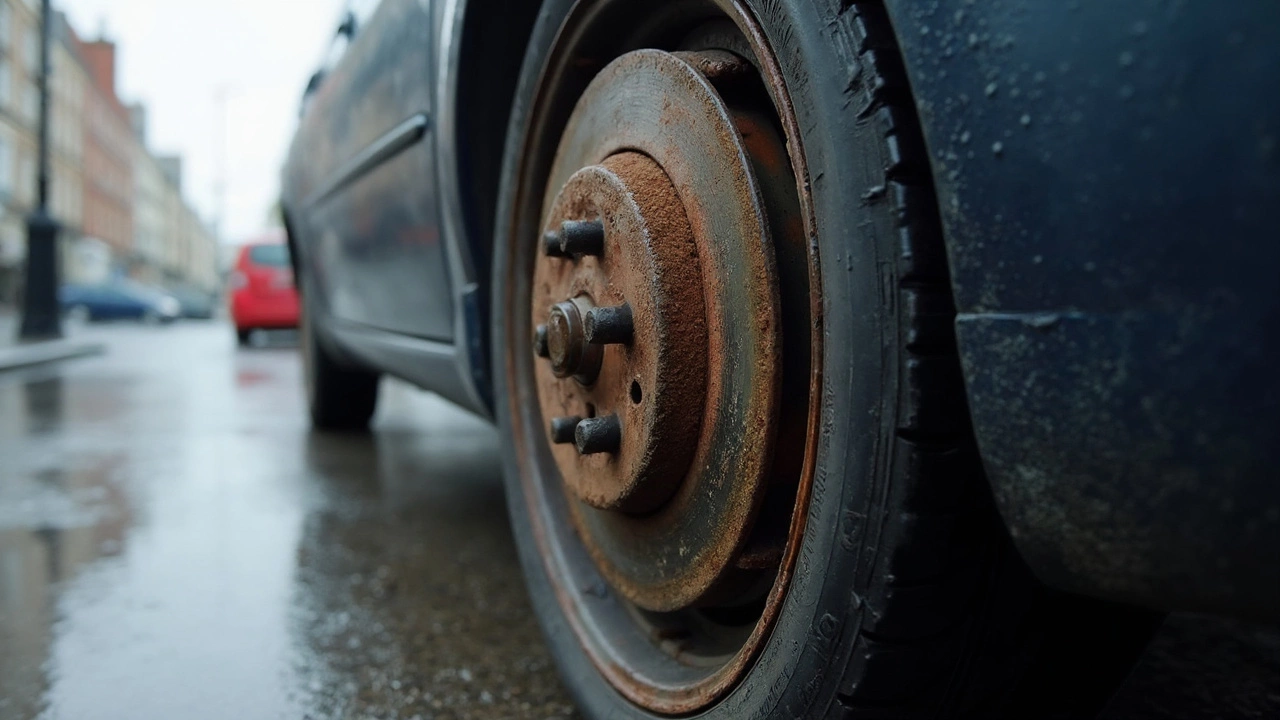 27 May 2025
27 May 2025
How to Tell If Rotors Are Bad: Easy Signs Your Brakes Need Help
Rotors are easy to ignore, but worn or damaged ones can make your car unsafe and cost you more in repairs. This article breaks down the most common signs your rotors are bad, what those symptoms actually mean, and how to check them yourself. You’ll get clear tips so you know when it’s time for new rotors or just a simple fix. Learn why paying attention to rotor health saves money—and maybe even an accident. Don’t wait until your brakes fail in traffic.
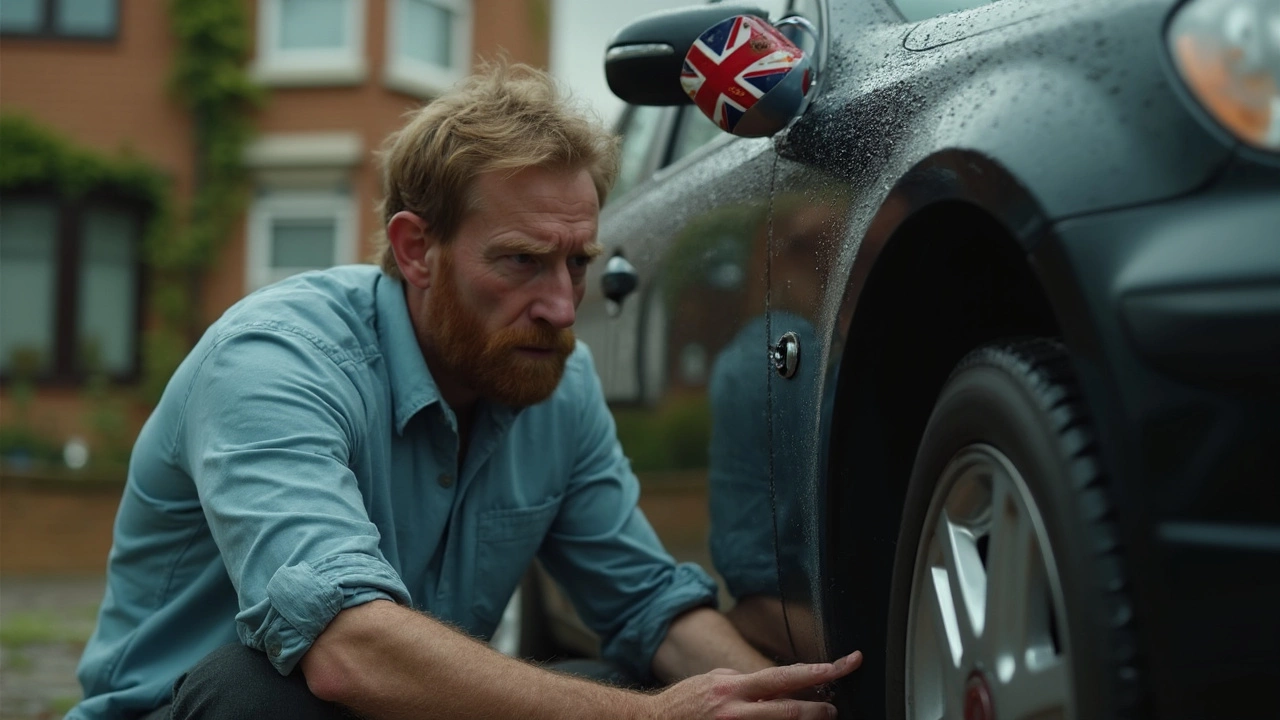 18 May 2025
18 May 2025
Brake Pads: How to Tell When It's Time for a Change
Spotting when your brake pads need replacing isn’t always obvious, but it’s critical for your safety and wallet. This article breaks down exactly how to recognize the key signs before you’re left with a costly repair or worse, an accident. Learn what noises, sensations, and even dashboard warnings mean trouble. Check out practical tips you can use right now—no car expertise needed. Make smart decisions and keep your brakes working like they should.

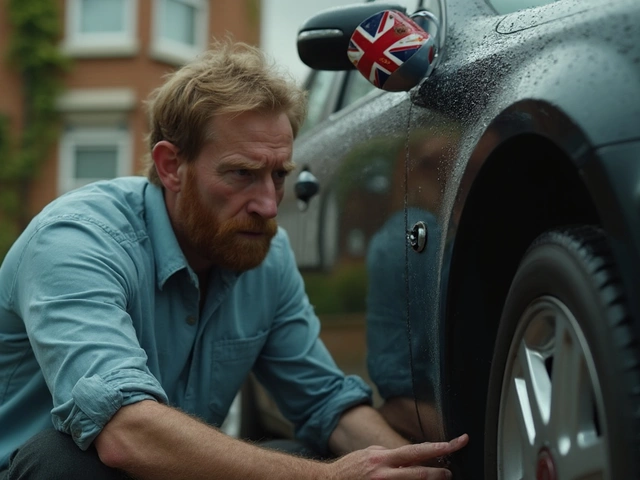

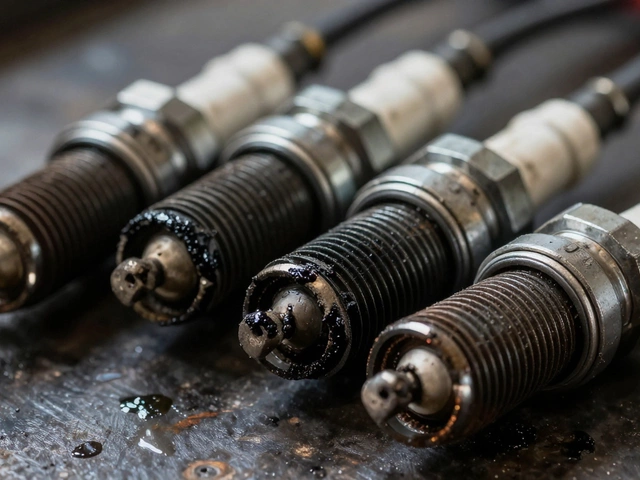

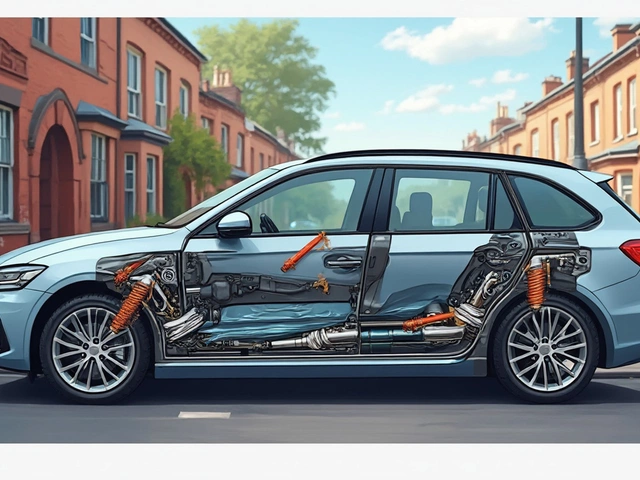
0